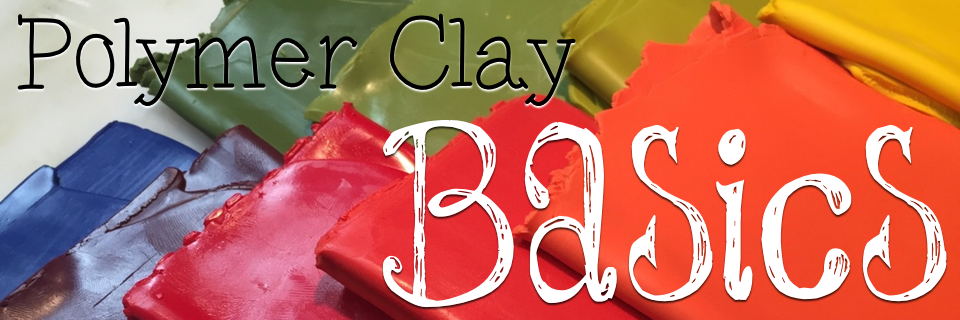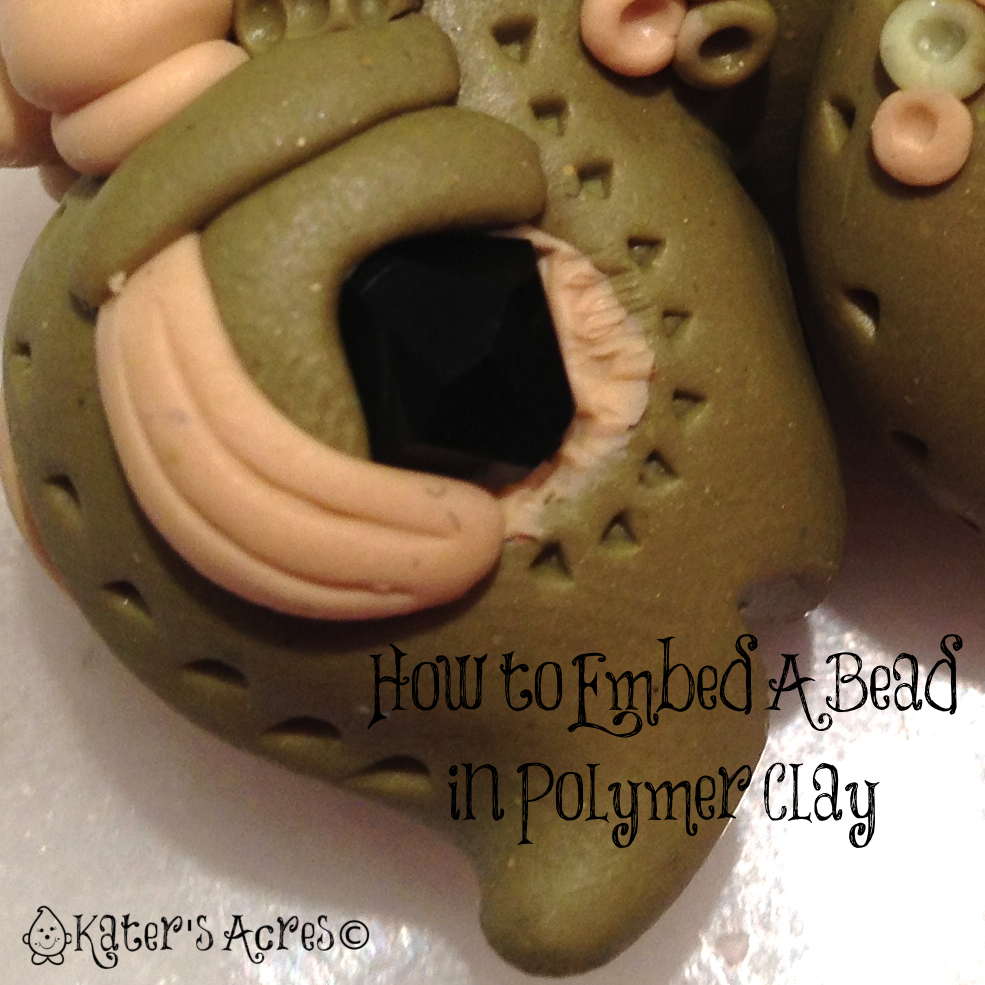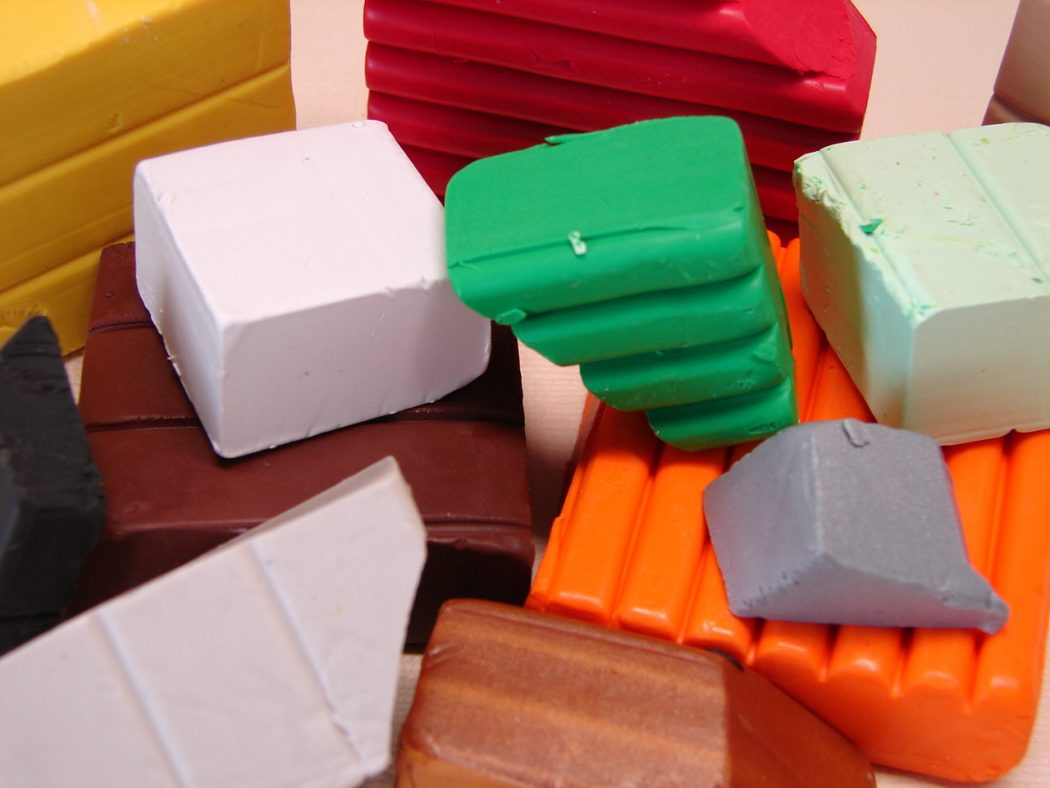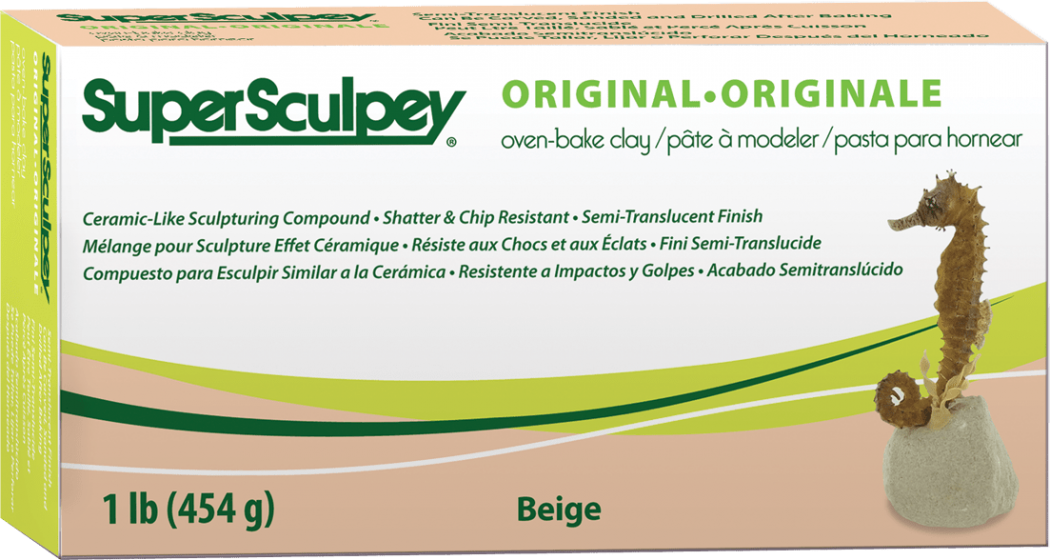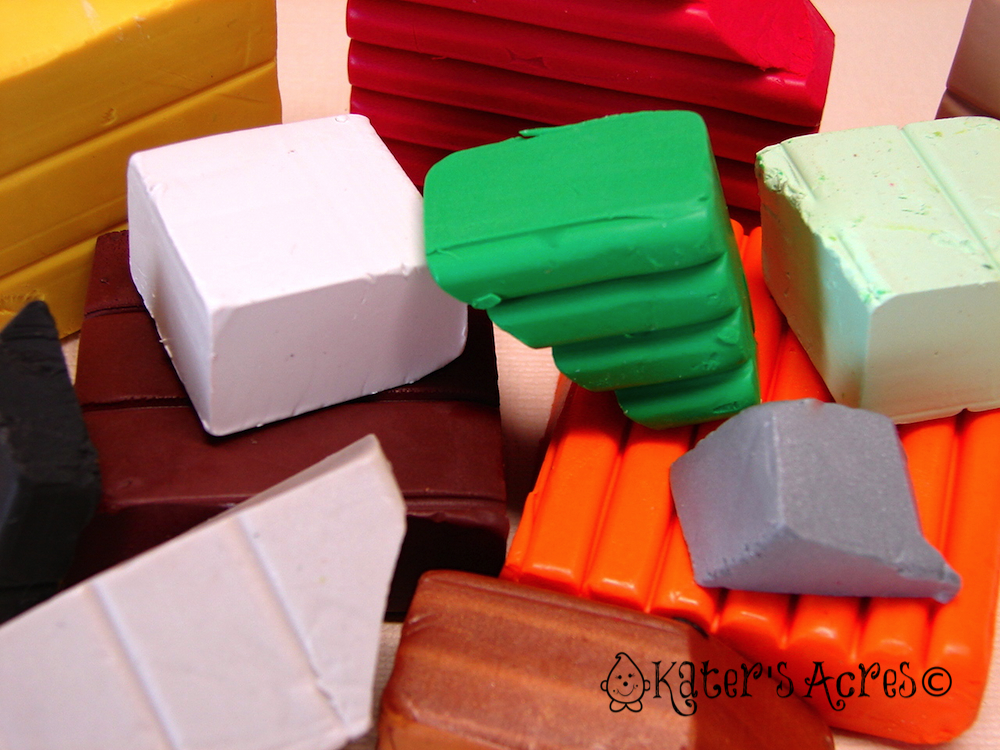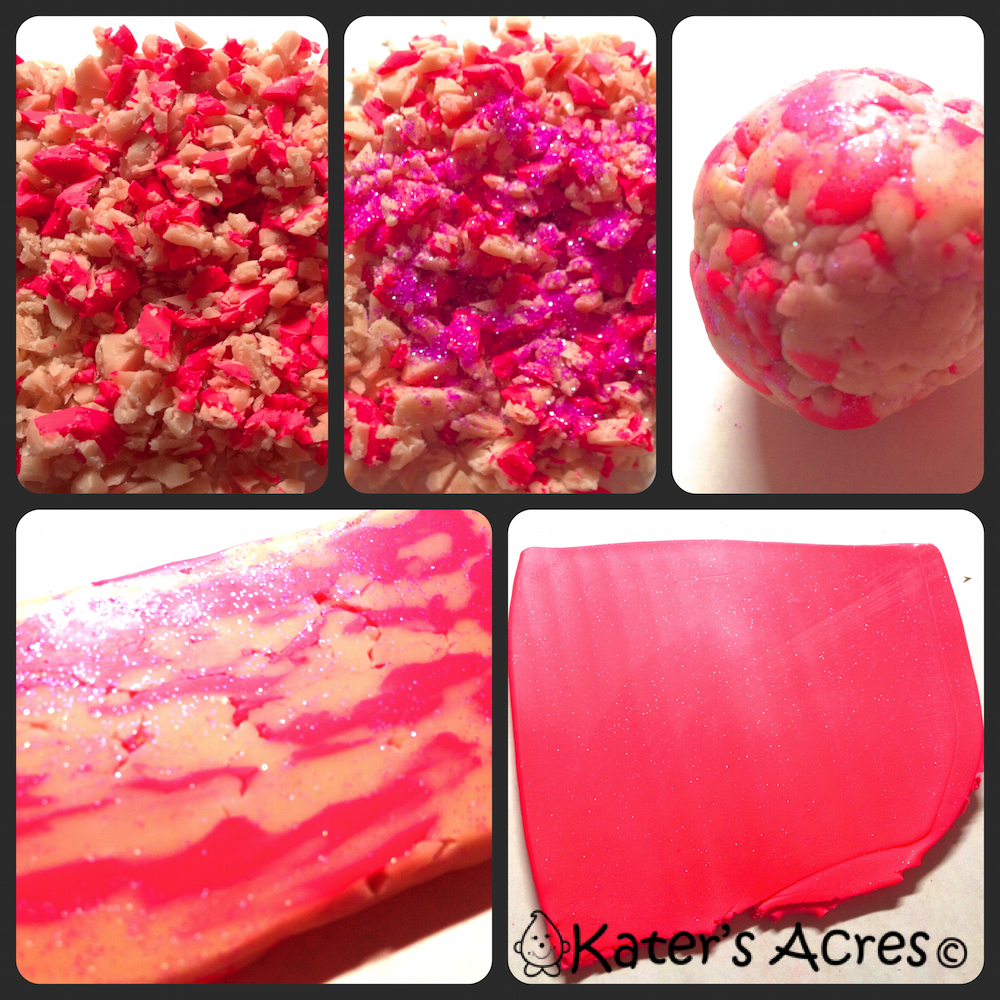
It’s no secret that I love a good DIY project. What’s also no secret is that if I can make it myself better, more simply, and more cost-effective, I’ll likely do it. So for my polymer clay tip today, I have decided to share my recipe for my super-easy hand scrub to keep your hands from becoming clay stained and a super quick washing solution between colors. This recipe using things you likely have already in your kitchen, as well as a recycled baby jar (thank heavens for my friends who keep me supplied with them).
WHY MAKE THIS SALT SCRUB:
Have you ever finished a project and washed your hands with soap and water and gone “ew!” because there was yucky clay scum left behind? Well, I have! And it is because of this that I decided to make my own salt scrub. Please note that this is a super simple version of a fancier version (that calls for scented oils, specialty moisturizing oils, etc). Some versions call for sugar instead of salt, but my studio is downstairs and sugar tends to attract ants, especially when I leave the lid off the jar, which is often … therefore I use salt, which doesn’t attract bugs and in emergencies can be used on slugs … although I’ve never had any of those in my basement … moving on!
WHAT YOU’LL NEED:
For most of my readers, you have already mentally checked these things off in your head because you have them at your house. Please know that you can use any kind of oil [even vegetable oil or coconut oil]; I prefer EVOO because it leaves my hands nice and softie-soft! You can use any kind of dishwashing or hand soap. I prefer Dawn as my choice for dishwashing soap for its awesome cleaning power, but you can use any soap. The reason that there are no added “scents” to my recipe is that my dish soap is already scented … I mean why should I ruin that awesome Thai Dragon Fruit smell that Dawn has given me? PS: If you haven’t tried this scent yet, you should … it’s my favorite.
EDITOR’S NOTE: Thai Dragon Fruit Scent has been discontinued as of 2018.
HOW TO DO IT:
Here’s the easy part. This recipe is for a SMALL jar (approximately 2.5 oz), you will need to tailor this recipe to fit your jar.
- 1 Tbs. EVOO
- 1 Tbs. Dish Liquid
- 1/4 cup salt
All you need to do is stir it all together inside your jar! And then wah-lah! You have an awesome homemade, ultra-cheap, DIY salt scrub that you can use to get all those clay bits off of your hands once and for all.
A FEW NOTES:
You want this mixture to be semi-dry. The salt should stick together, but it should be loose, but still able to be packed. If there is oil or soap “floating” in spots in your mixture, keep stirring. If there is still oil or soap in there, add more salt until it is all absorbed. Feel free to keep a spoon next to your mixture, just so that between washings of your hands, you can stir your mix so the oil & soap don’t settle to the bottom. I also tend to “shake” my bottle before I use it. This also helps to keep it nicely mixed.
Sculpting Blessings,


